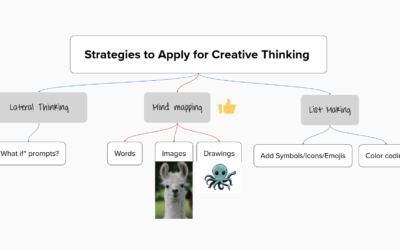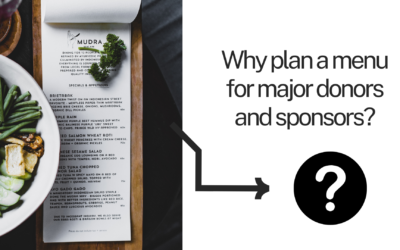 In the olden days of the 20th Century (1997 for example), nonprofit organizations had budgets for getting print newsletters to their communities. Charities get a nonprofit postage rate for bulk mailings, but even at that discount the costs were – and still are – meaningful. The current rates can get as low as $0.13 or $0.20 per piece, depending on what your sending, how it’s sorted, and how many pieces your charity is mailing. Sending paper to 1,000 people means printing costs, plus postage of maybe $150. Add to this the costs of permits, staff time and the like for a final budget for print mailing of at least hundreds of dollars each time.
In the olden days of the 20th Century (1997 for example), nonprofit organizations had budgets for getting print newsletters to their communities. Charities get a nonprofit postage rate for bulk mailings, but even at that discount the costs were – and still are – meaningful. The current rates can get as low as $0.13 or $0.20 per piece, depending on what your sending, how it’s sorted, and how many pieces your charity is mailing. Sending paper to 1,000 people means printing costs, plus postage of maybe $150. Add to this the costs of permits, staff time and the like for a final budget for print mailing of at least hundreds of dollars each time.
And then the internet happened.
For a long while many nonprofits still did a lot of bulk mailing, because not everyone had email, and nonprofits didn’t have email addresses for many supporters. Internet access in the United States now surpasses the number of households that still have landline phones – and the phones they do have now largely have internet access. Many organizations have been diligently collecting email addresses (often by requesting them through postal mail). This is time-consuming, but ultimately cost effective and less wasteful than bulk mail. Smart nonprofits use cheap (or even free) emailing services to allow their supporters to control subscriptions, update records and more. This is all better than paying postage, but still only works if you have a user’s email address.
And then Facebook happened. And Twitter.
Now nonprofits can reach people through a follow. Charities went out and sought fans and followers as way to augment email and the remaining postal mail still being sent. After all, Facebook and Twitter are free, and nonprofits love free.
All that work to get fans and followers leaves us to the tender mercies of these social services. As we noted previously, Facebook has largely stopped showing organizational pages in the newsfeed. Yes, users can look up those pages and see them, but they won’t see your update in their feed unless you pay to promote the post. Facebook promised you a free page, but they never promised they’d let anyone know you post to it. But what if we paid for “postage” again? How much would it cost against what benefit?
Depending who you’re trying to reach, a paid post is pretty cheap on all the social networks. A recent test using the Next in Nonprofits Facebook page reached 1,037 accounts for $5.00. That is $0.0048 per person, or about 27 times cheaper than the best deal the postal service can give you. Plus you can control when it arrives much better than bulk mail. Any nonprofit budgeting $25 per month for promoted posts is certainly going to get its money worth.
The strategic question for the long-term is what happens when Facebook/Twitter/whoever changes the rules again? One paid-post strategy would be to use these channels to show real information value, and ask people for email addresses. Use the tools while they’re cheap, but always be working to get more direct contact with your supporters and move them up the engagement ladder. This way you are less dependent on the kindness of strangers. Contact us to learn how we can help.




